Step into a visual odyssey where each brushstroke echoes across centuries, and each hue narrates untold emotions. Have you ever wondered why some art pieces seem to command your attention, whispering secrets of bygone eras or evoking feelings you didn’t know you had? It’s not just about vibrant colors, intricate patterns, or revolutionary techniques.
Read more to understand the 20 most famous painting names and artists that reflect the rich tapestry of human emotions, ambitions, and experiences. They are not just works of art; they’re living, breathing entities that transcend geographical borders and temporal confines to etch their indelible imprints on the collective psyche of humanity. Today, you are not merely a reader but an explorer, and this blog post is your map of a treasure trove of immortal masterpieces.
Table of Contents
- 24 Timeless Masterpieces: A Journey Through The World’s Most Famous Paintings
- Mona Lisa
- The Starry Night
- Guernica
- The Last Supper
- The Night Watch
- Girl with a Pearl Earring
- Birth of Venus
- The Creation of Adam
- The Persistence of Memory
- The Kiss
- American Gothic
- Impression, Sunrise
- The Scream
- Café Terrace at Night
- Whistler’s Mother
- Nighthawks
- Water Lilies
- The Flower Carrier
- Irises
- The Son of Man
- Self-portrait without beard
- No. 5, 1948
- The Storm on the Sea of Galilee
- Christina’s World
- Frequently Asked Questions
- Related Questions
24 Timeless Masterpieces: A Journey Through The World’s Most Famous Paintings
Art serves as a mirror to the complexities of the human experience. It captivates, provokes, and transforms us. While all paintings capture a particular essence, some works of art have transcended time and culture to carve their names into the annals of history. In this blog post, we’ll explore a collection of these timeless masterpieces, delving into the stories behind the artists and the art itself.
Mona Lisa
Artist: Leonardo da Vinci
Year: c. 1503–1506

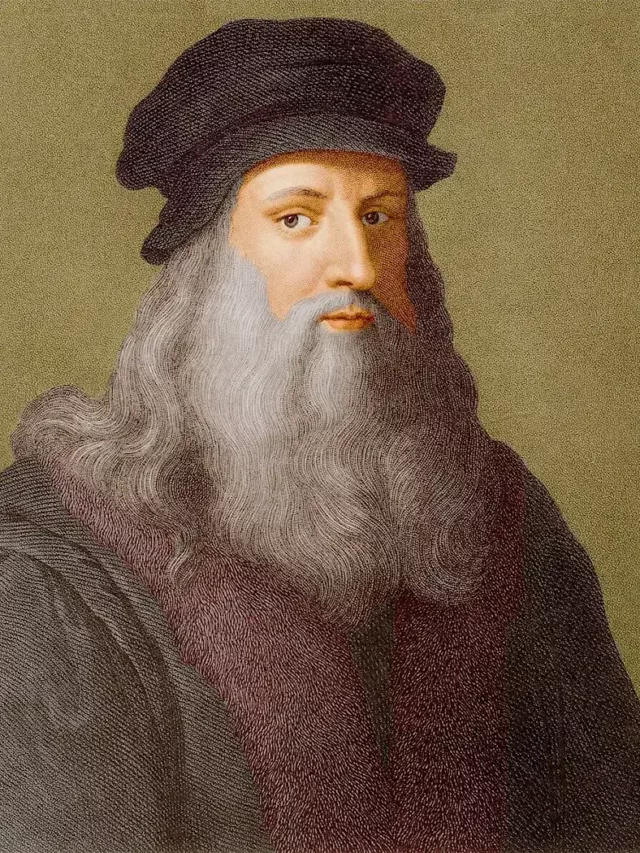
Perhaps the most recognizable painting in the world, the Mona Lisa, features a woman with an enigmatic expression. Leonardo da Vinci’s incomparable technique of sfumato—blurring the lines and colors—draws viewers into the mystery of her smile. A classic in every sense, the painting’s fame is bolstered by its high-profile thefts and residence in the Louvre Museum.
The Starry Night
Artist: Vincent van Gogh
Year: 1889
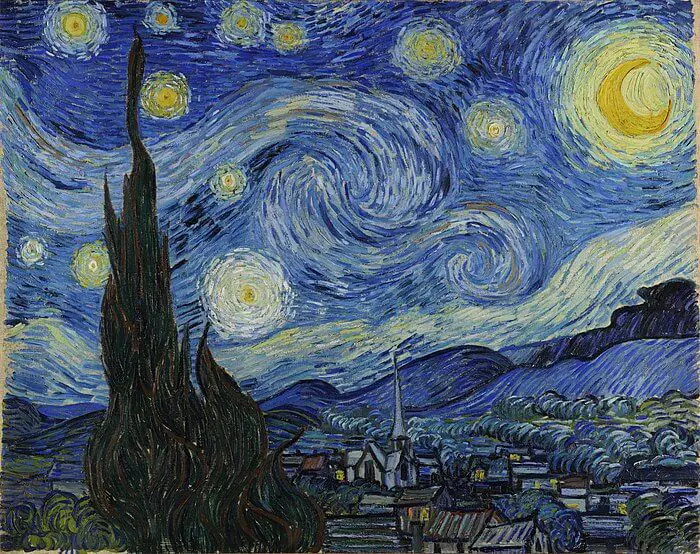
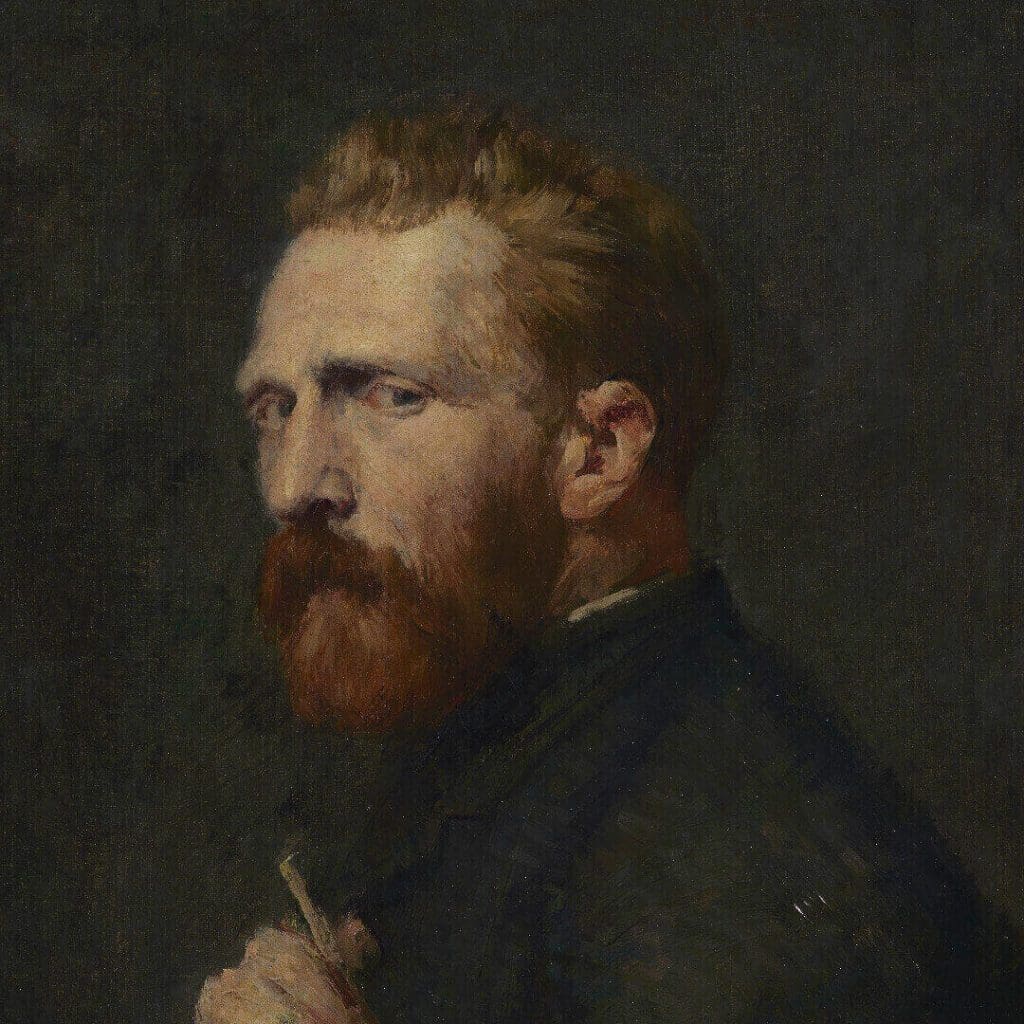
Van Gogh painted this swirling vista of stars while residing in an asylum in Saint-Rémy. The vibrant use of color and turbulent brushwork embody the artist’s internal chaos. Its fame owes much to its widespread reproduction and feature in popular culture, making it a staple of art history and contemporary sentiment.
Guernica
Artist: Pablo Picasso
Year: 1937
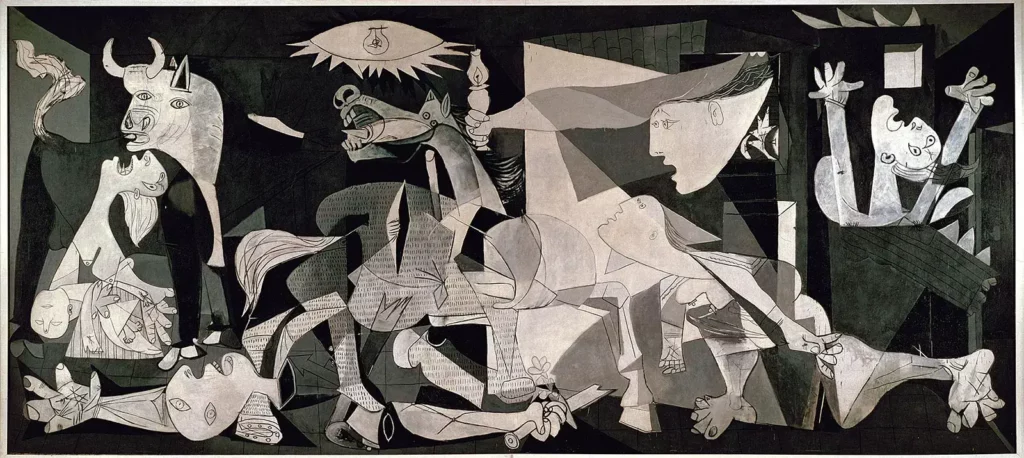

Guernica was Picasso’s visceral response to the Nazi bombing of the Basque town during the Spanish Civil War. The distorted figures and monochromatic scheme convey the horrors of war. The painting’s historical context and emotional depth make it a classic anti-war symbol.
The Last Supper
Artist: Leonardo da Vinci
Year: 1495–1498
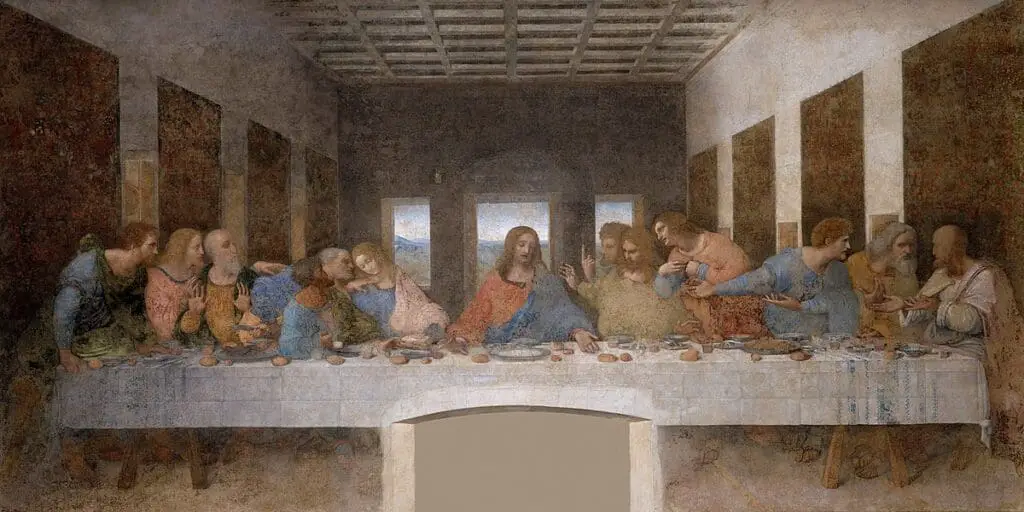

Another masterpiece by da Vinci, The Last Supper, captures the moment Jesus announces that one disciple will betray him. Its linear perspective and emotional depth have made it an iconic symbol in Western art and Christian culture.
The Night Watch
Artist: Rembrandt
Year: 1642
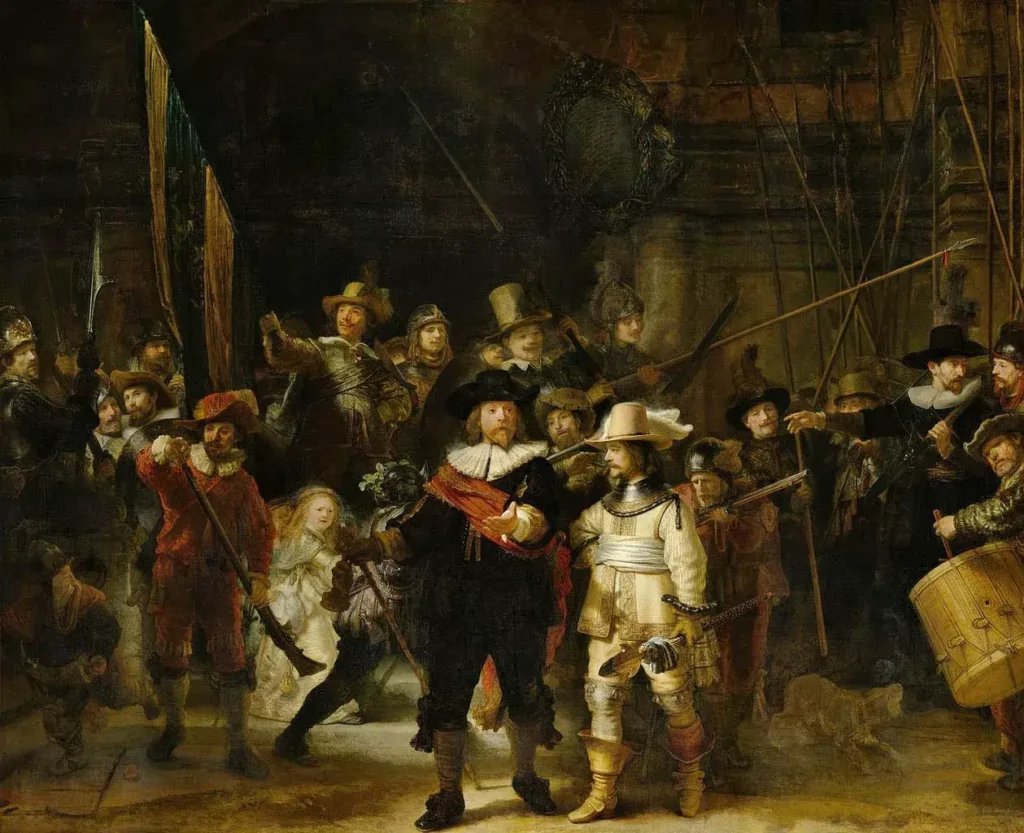
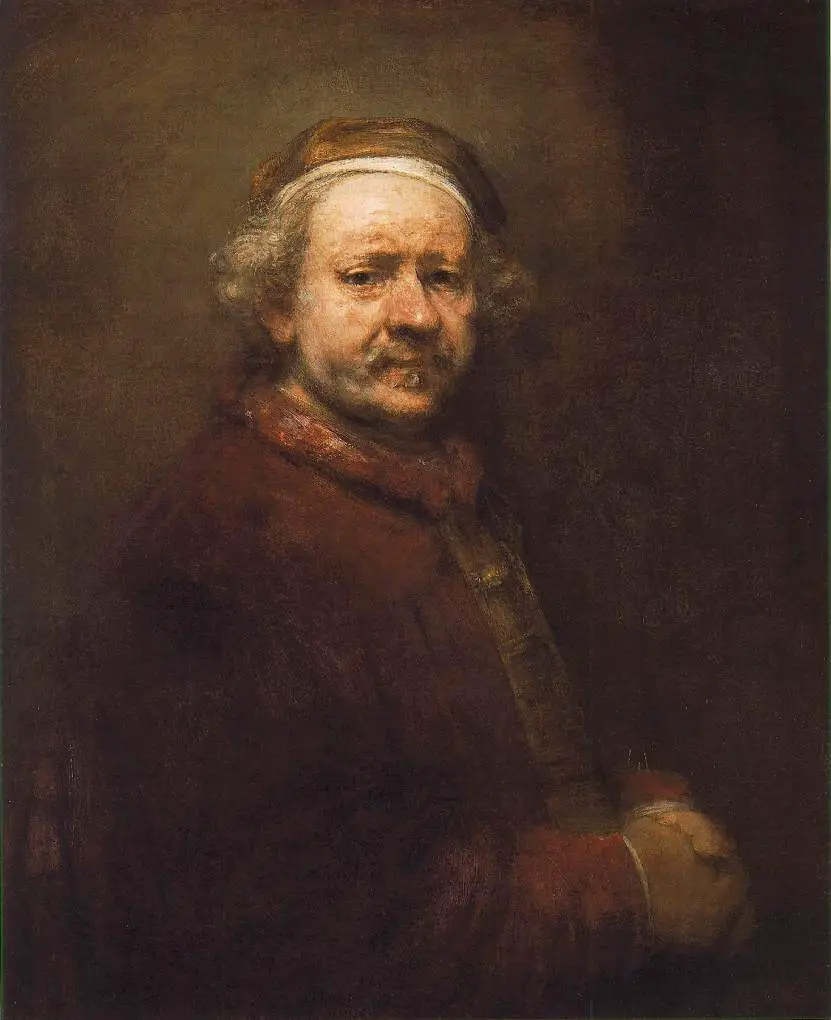
This monumental painting showcases Rembrandt’s mastery of chiaroscuro and human expression. Unlike traditional military portraits, The Night Watch is alive with drama and movement, contributing to its fame and enduring interest.
Girl with a Pearl Earring
Artist: Johannes Vermeer
Year: c. 1665

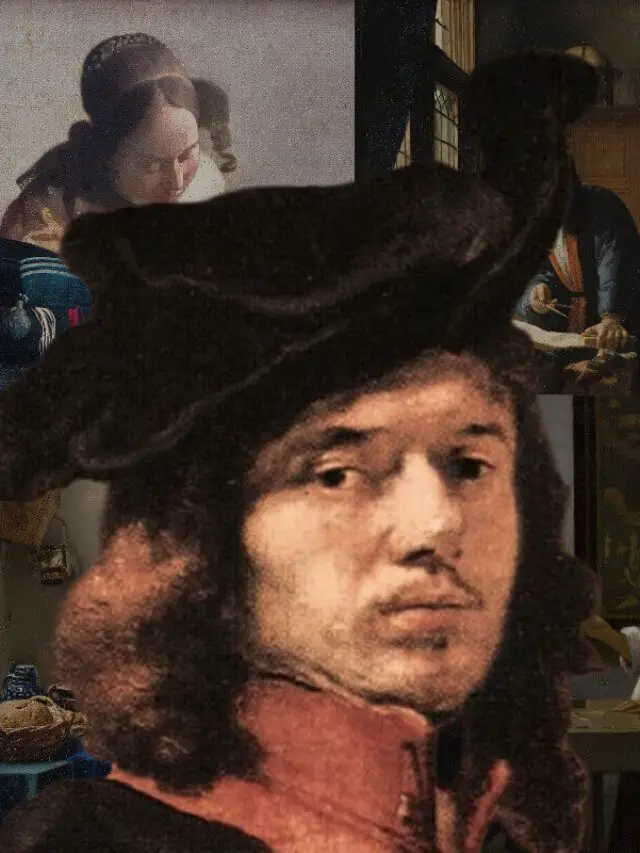
Often referred to as the “Dutch Mona Lisa,” this painting mesmerizes for its delicate portrayal of a young woman. Vermeer’s intricate use of light adds to its allure, making it a classic example of 17th-century Dutch portraiture.
Birth of Venus
Artist: Sandro Botticelli
Year: c. 1484–1486
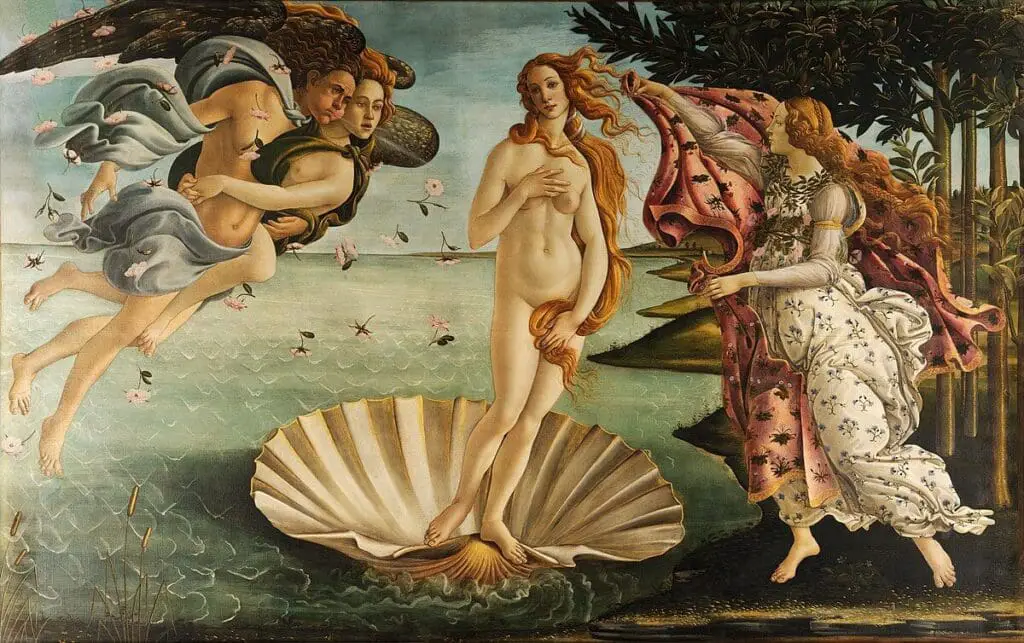
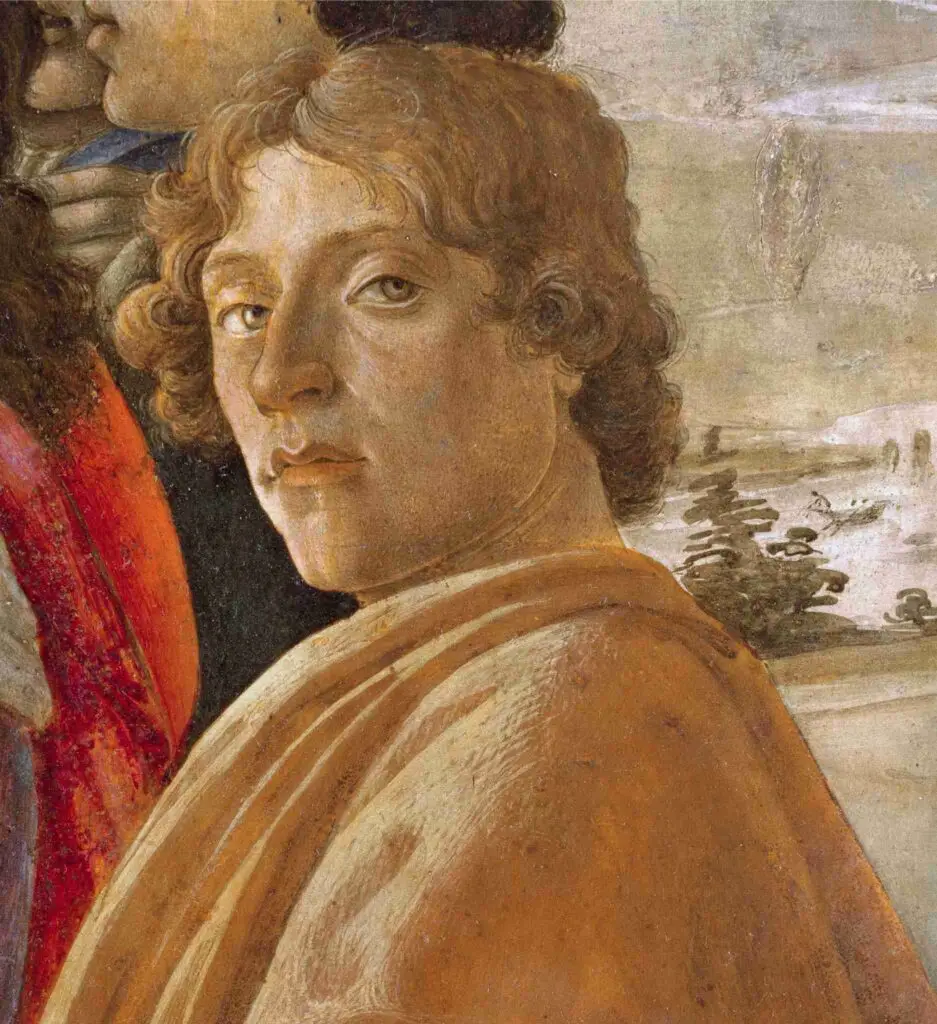
This Renaissance masterpiece depicts Venus emerging from the sea. Its ethereal beauty and allegorical themes resonate with admirers even today, encapsulating divine love and beauty ideals.
The Creation of Adam
Artist: Michelangelo
Year: 1512

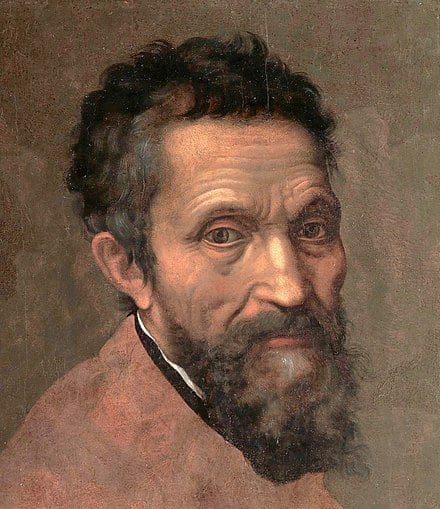
Part of the Sistine Chapel’s ceiling, this painting represents the Biblical story where God breathes life into Adam. Its awe-inspiring composition and depth have made it a cornerstone of Renaissance art.
The Persistence of Memory
Artist: Salvador Dalí
Year: 1931
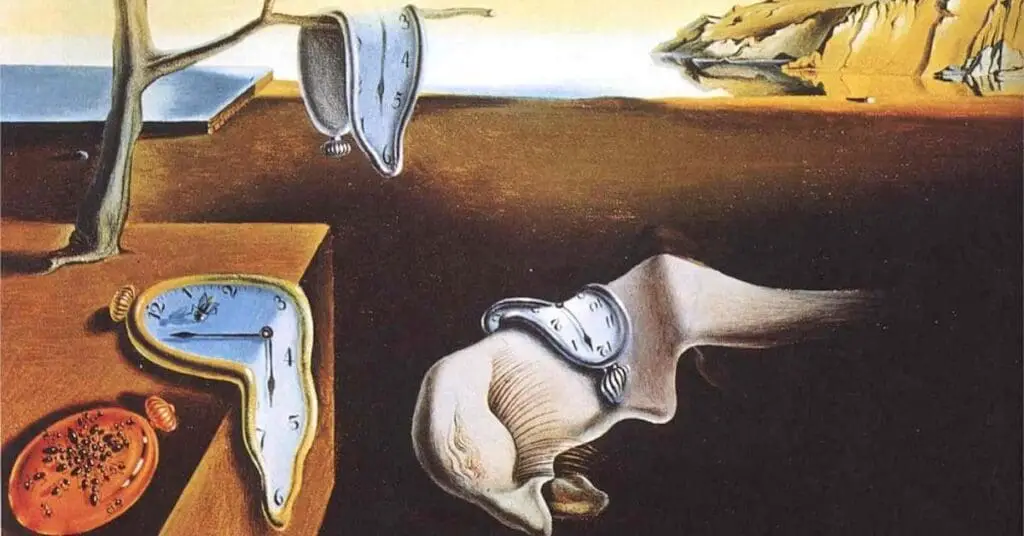
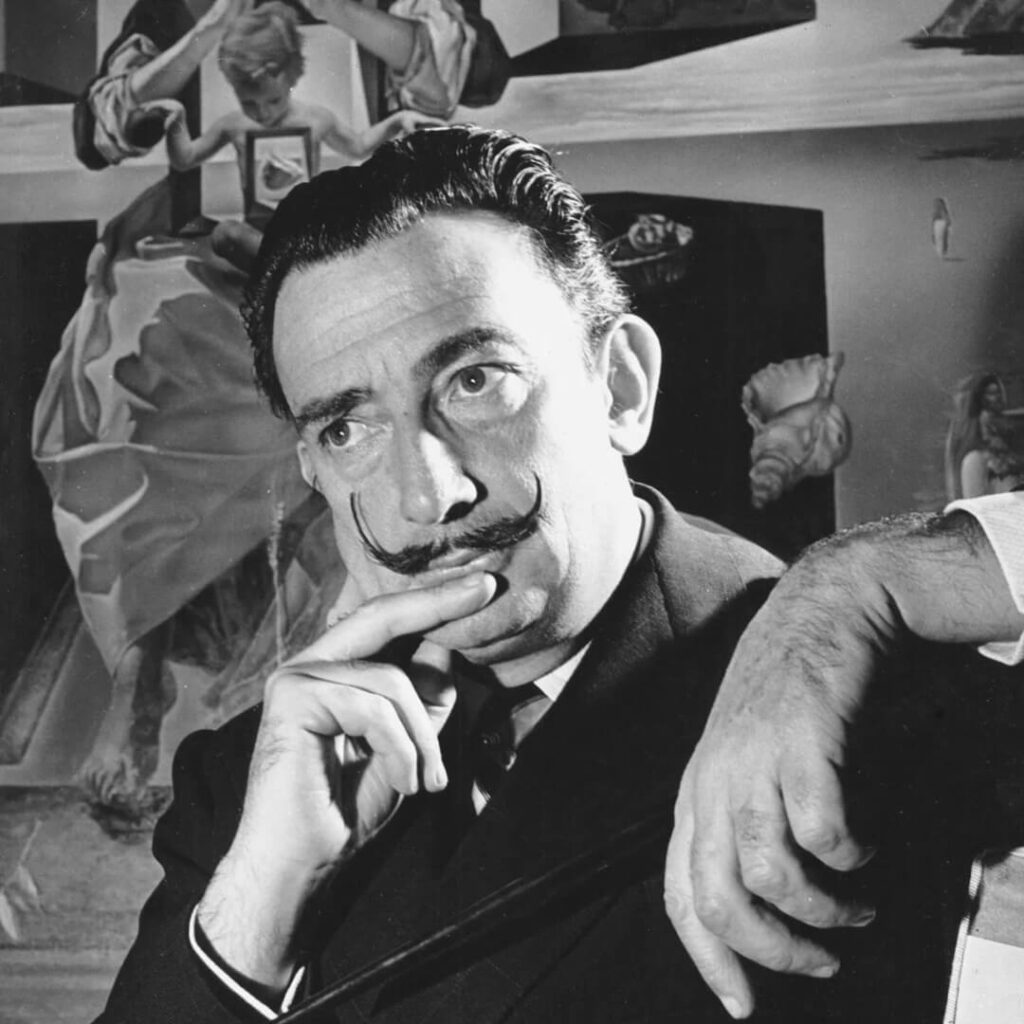
Dalí’s surrealist painting is famous for its melting clocks and barren landscape as a thought-provoking take on the fluidity and instability of time.
The Kiss
Artist: Gustav Klimt
Year: 1907–1908


Klimt celebrates romantic love with an embrace set against a shimmering background. The ornate detailing and emotional resonance make it a classic in Symbolist art.
American Gothic
Artist: Grant Wood
Year: 1930

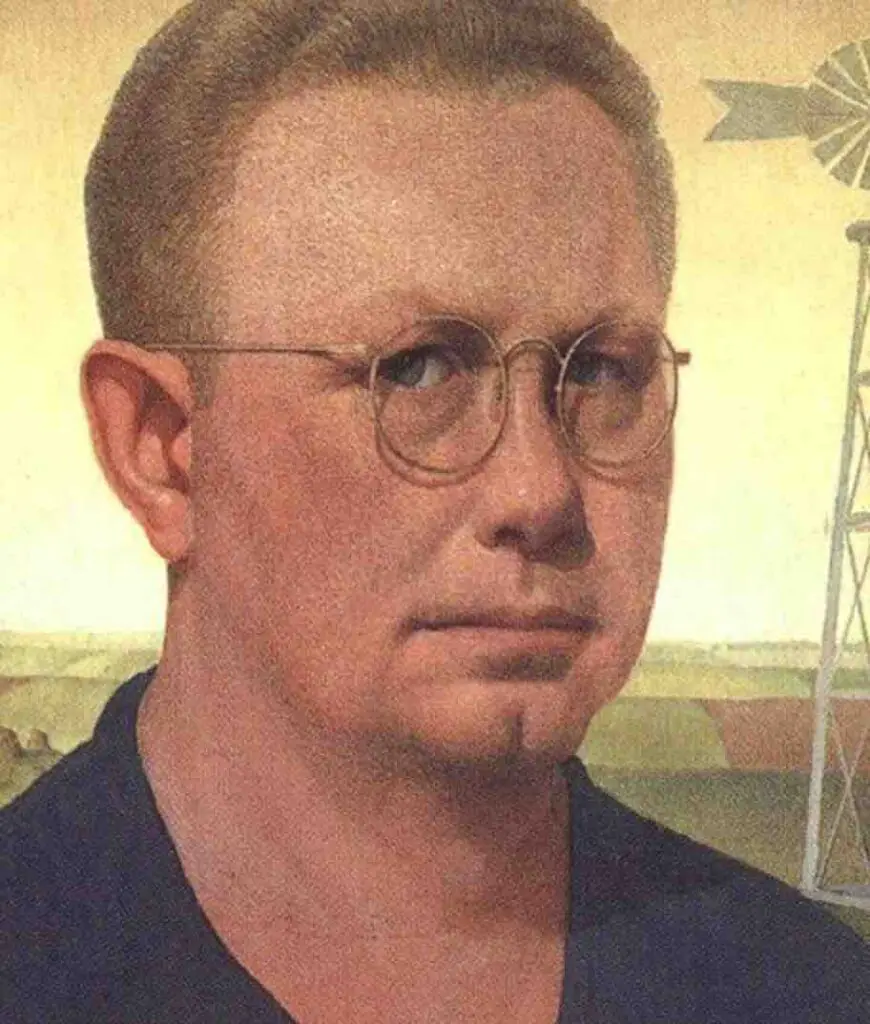
This iconic American painting captures a farmer and his daughter in a stern pose. Its intricate detailing and emblematic nature make it a symbol of the American Midwest.
Impression, Sunrise
Artist: Claude Monet
Year: 1872

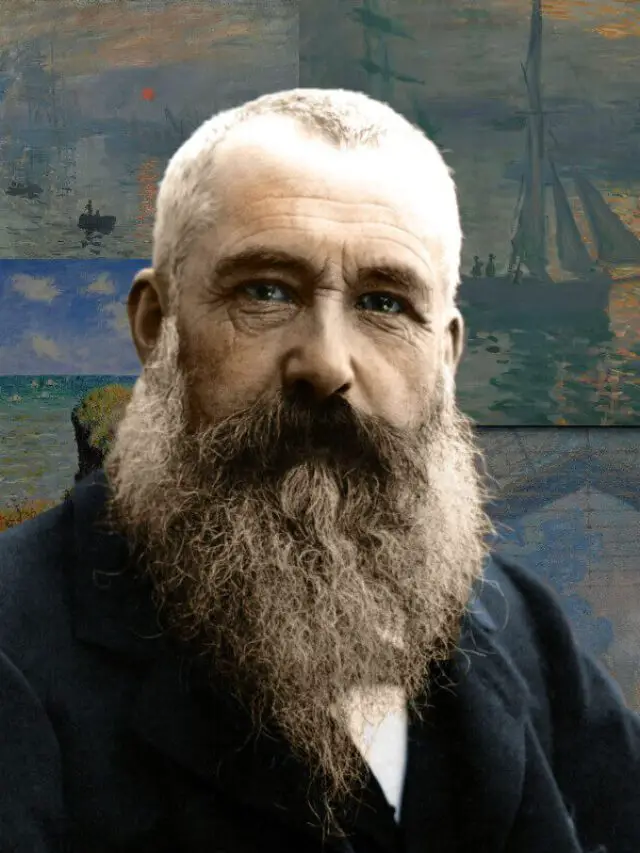
This painting gave birth to the Impressionist movement. Monet’s loose brushwork captures the fleeting effects of light, rendering it a cornerstone in art history.
The Scream
Artist: Edvard Munch
Year: 1893


This haunting image encapsulates existential dread. Its bold colors and flowing lines have been imprinted in popular culture, making it one of the most iconic images in art history.
Café Terrace at Night
Artist: Vincent van Gogh
Year: 1888

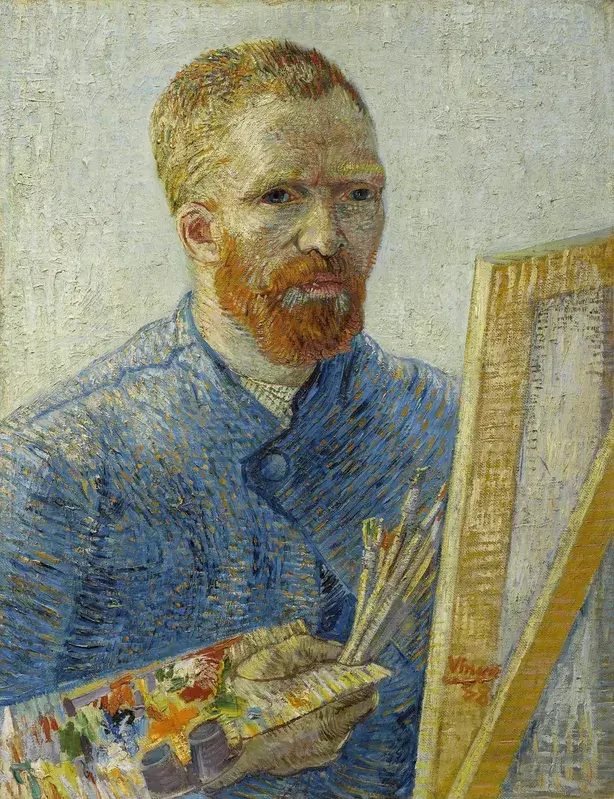
Van Gogh’s portrayal of a café in Arles at night exemplifies his use of color and light to convey mood, contributing to its timeless allure.
Whistler’s Mother
Artist: James McNeill Whistler
Year: 1871
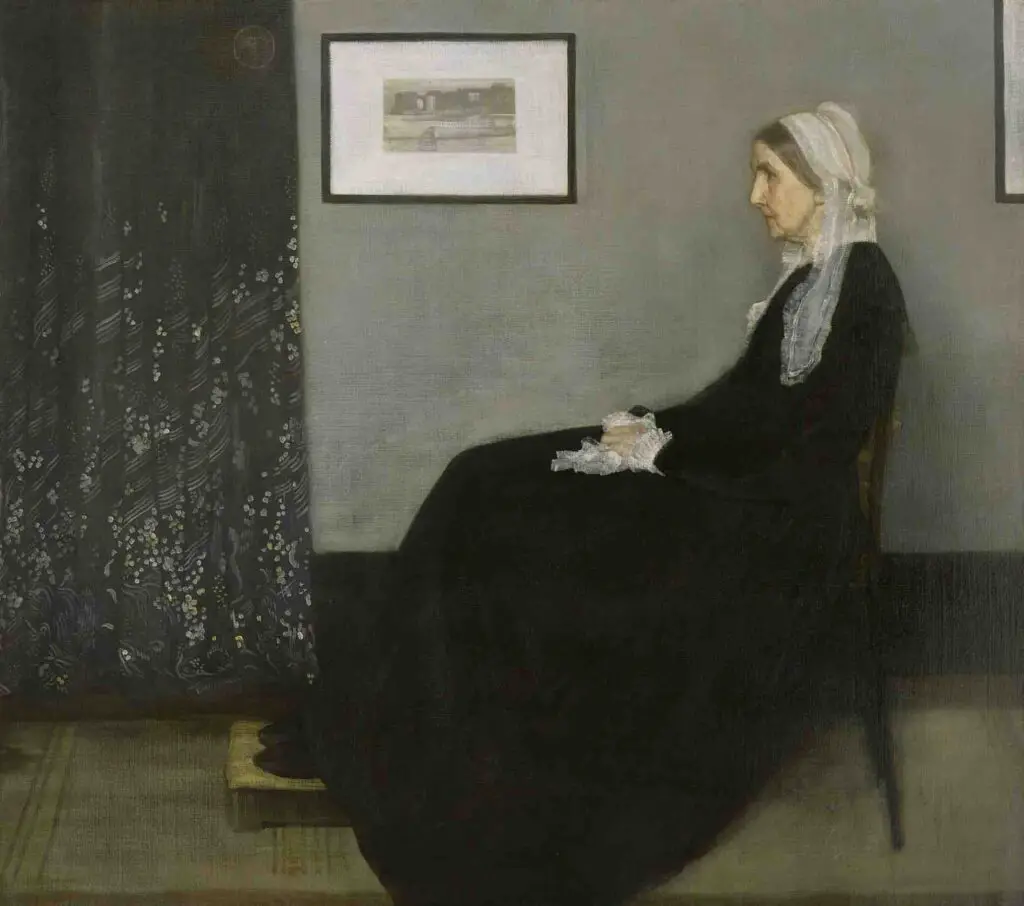

Whistler’s portrait of his mother is revered for its understated emotion and compositional simplicity, adding depth to the trope of maternal portraits.
Nighthawks
Artist: Edward Hopper
Year: 1942
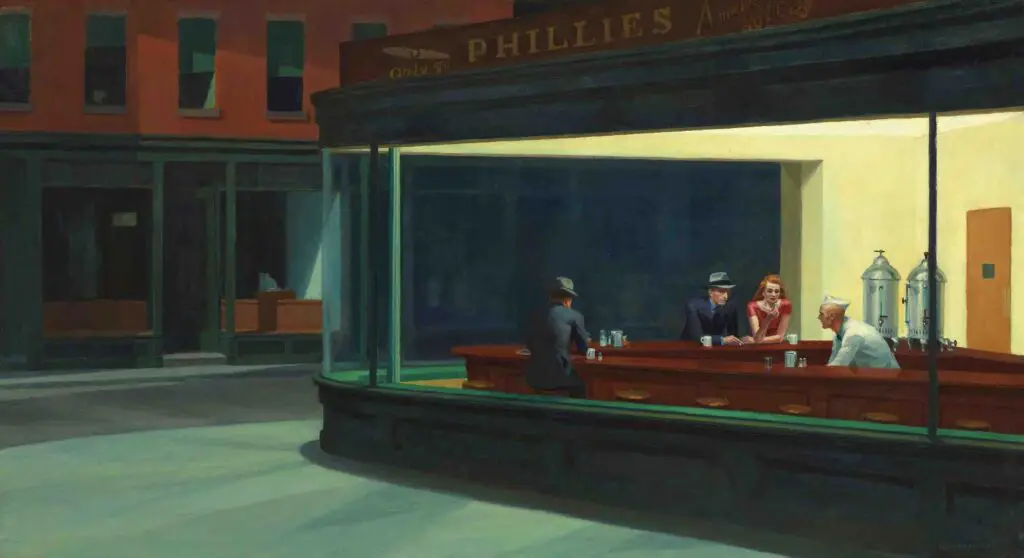
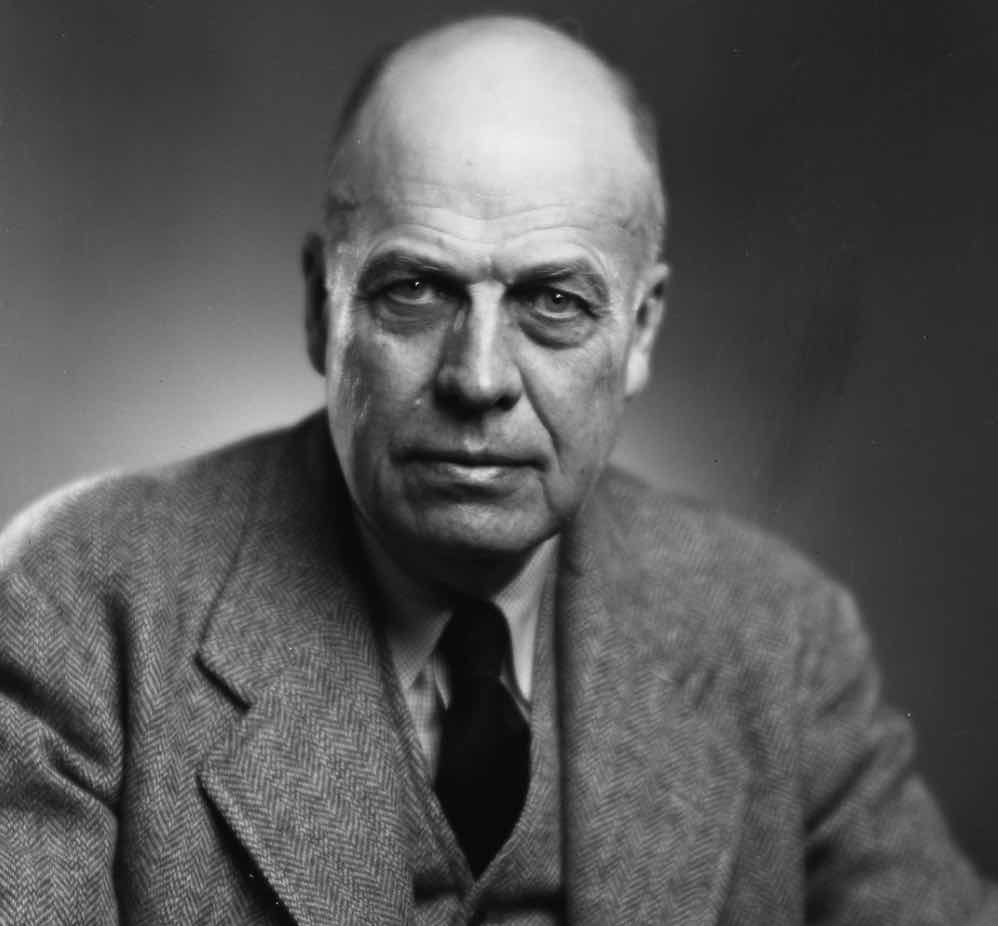
Hopper captures the isolation of modern urban life in this diner scene. Its evocative atmosphere has inspired countless adaptations and parodies.
Water Lilies
Artist: Claude Monet
Year: Various
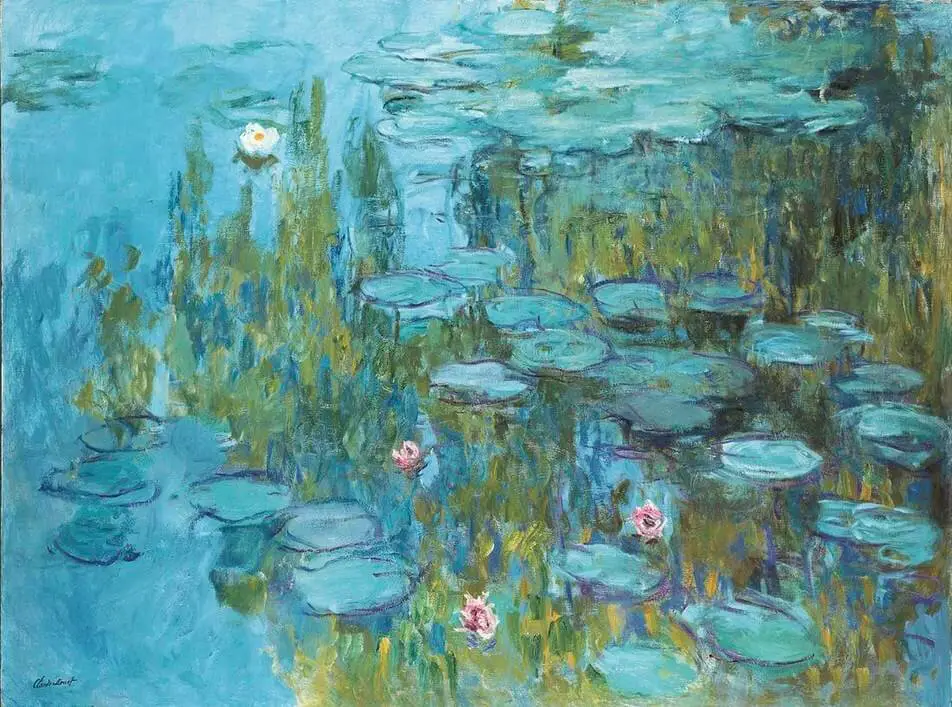

Monet’s Water Lilies series captures the nuances of natural light, making it a celebrated part of his legacy and Impressionist art.
The Flower Carrier
Artist: Diego Rivera
Year: 1935
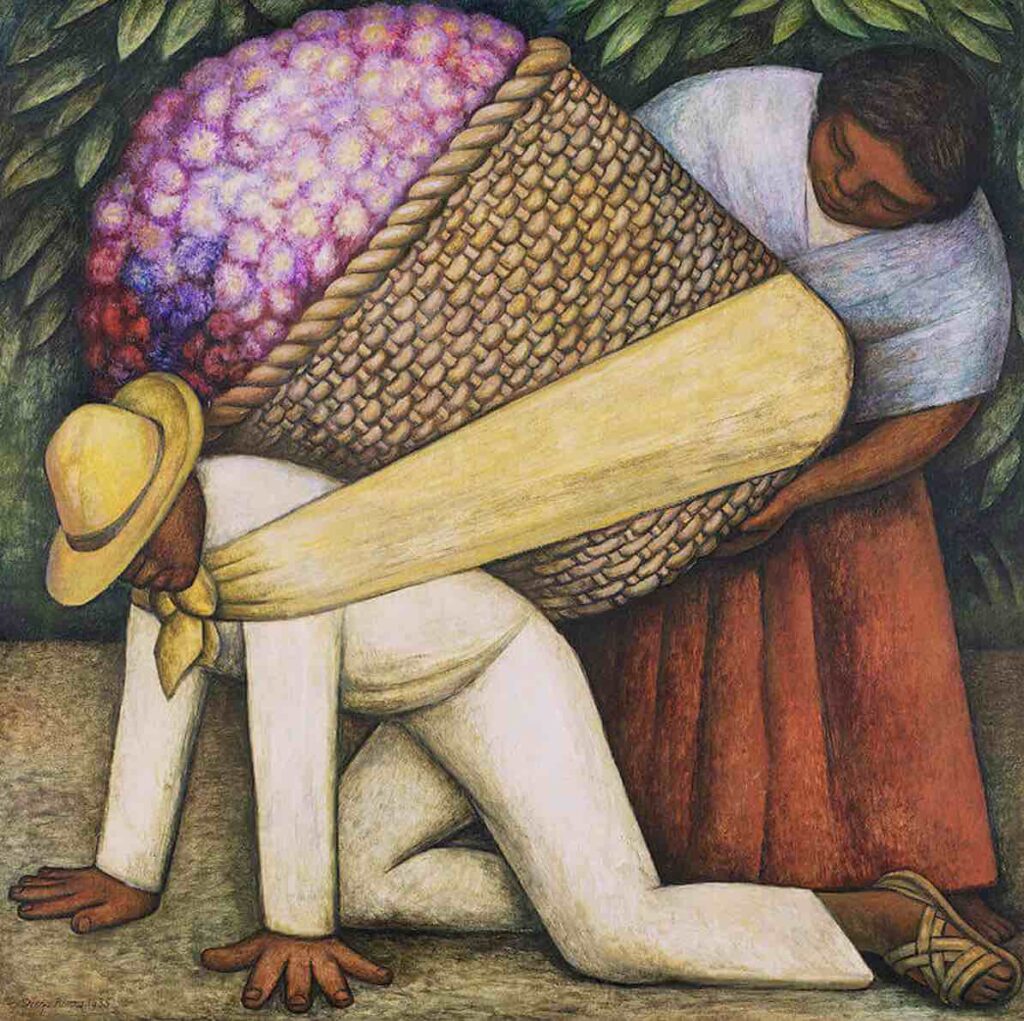
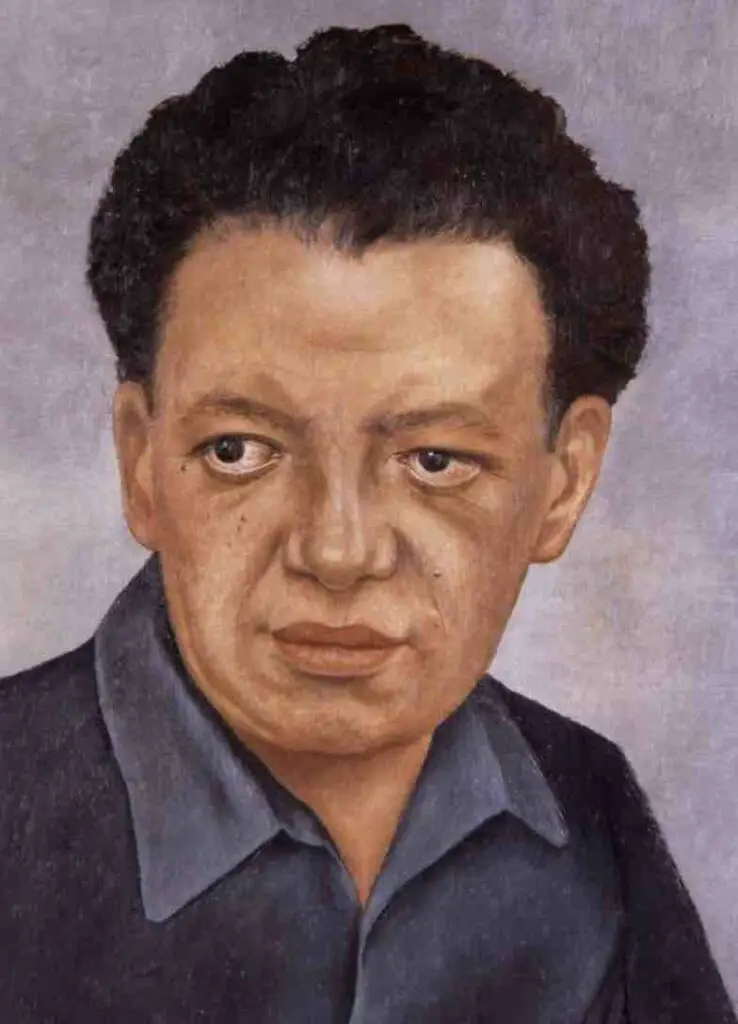
This painting’s bold colors and social themes epitomize Rivera’s commitment to portraying Mexican culture and labor.
Irises
Artist: Vincent van Gogh
Year: 1889
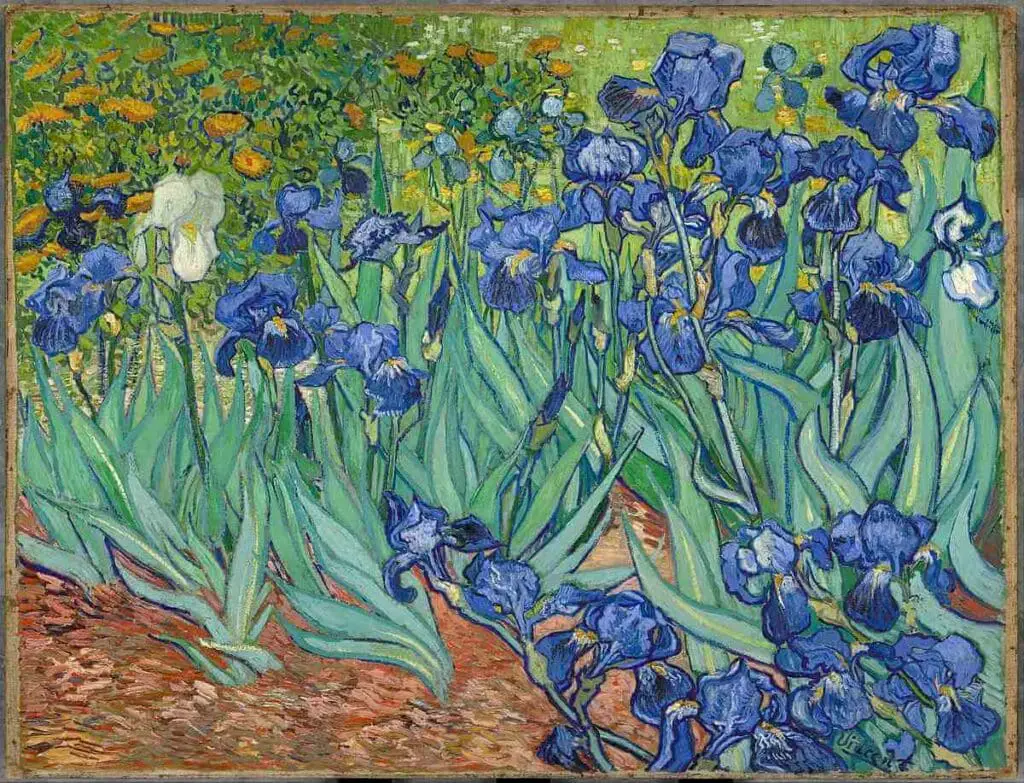
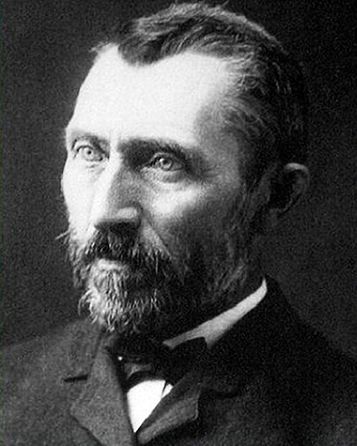
Painted during his asylum days, this painting is a testament to Van Gogh’s genius, capturing the irises in an almost emotional, human-like state.
The Son of Man
Artist: René Magritte
Year: 1964

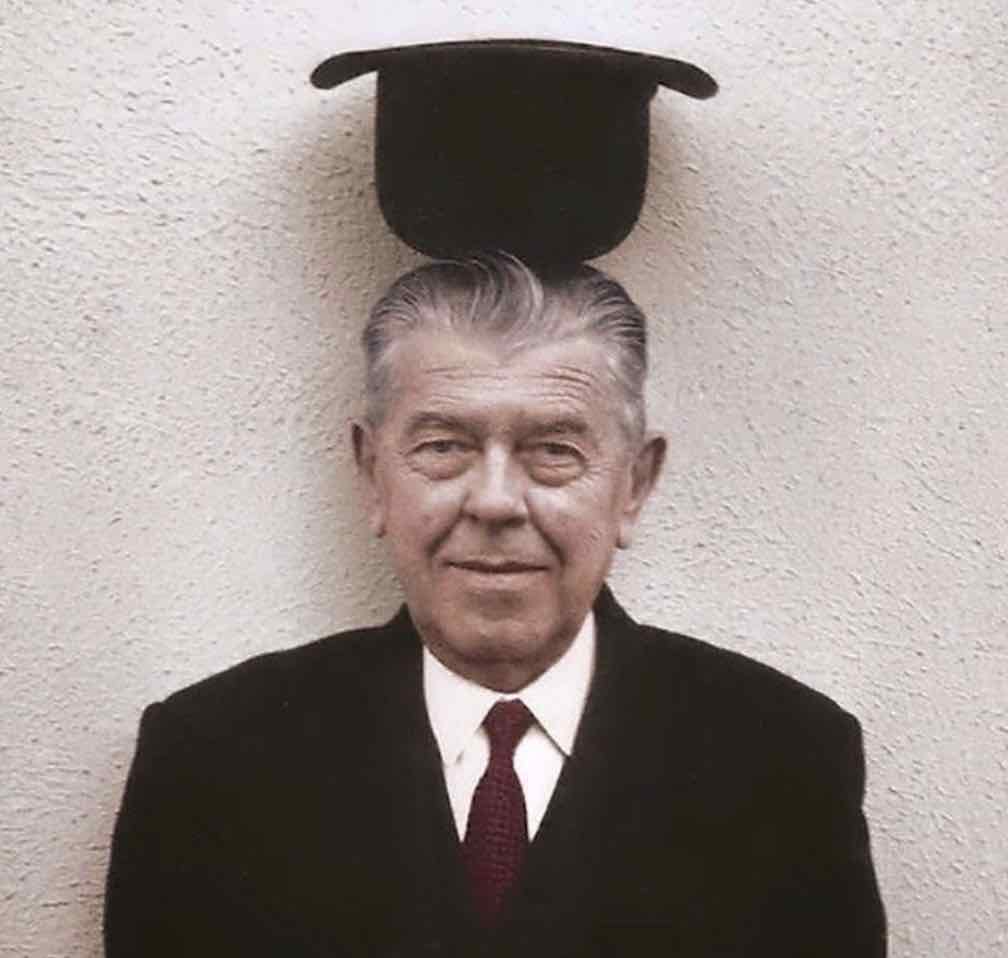
Magritte’s surrealistic work is an enigma that intrigues viewers with its obscured face and whimsical backdrop.
Self-portrait without beard
Artist: Vincent van Gogh
Year: 1889


Van Gogh’s numerous self-portraits are a journey through his troubled psyche, and this particular one showcases a rare moment of self-reflection.
No. 5, 1948
Artist: Jackson Pollock
Year: 1948
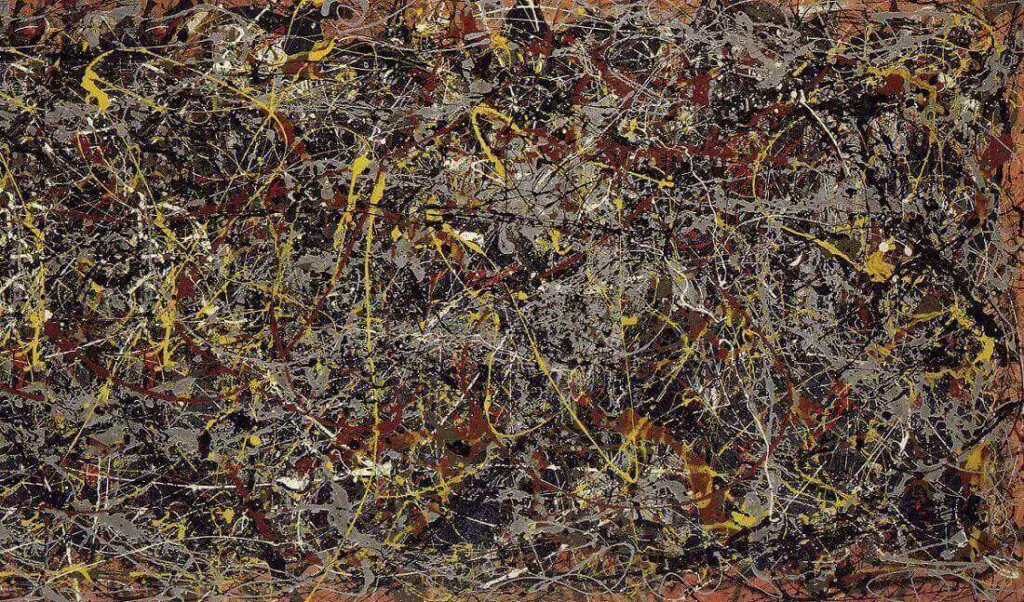

Pollock’s abstract expressionism comes to life in this chaotic yet balanced composition, radically altering modern art.
The Storm on the Sea of Galilee
Artist: Rembrandt
Year: 1633
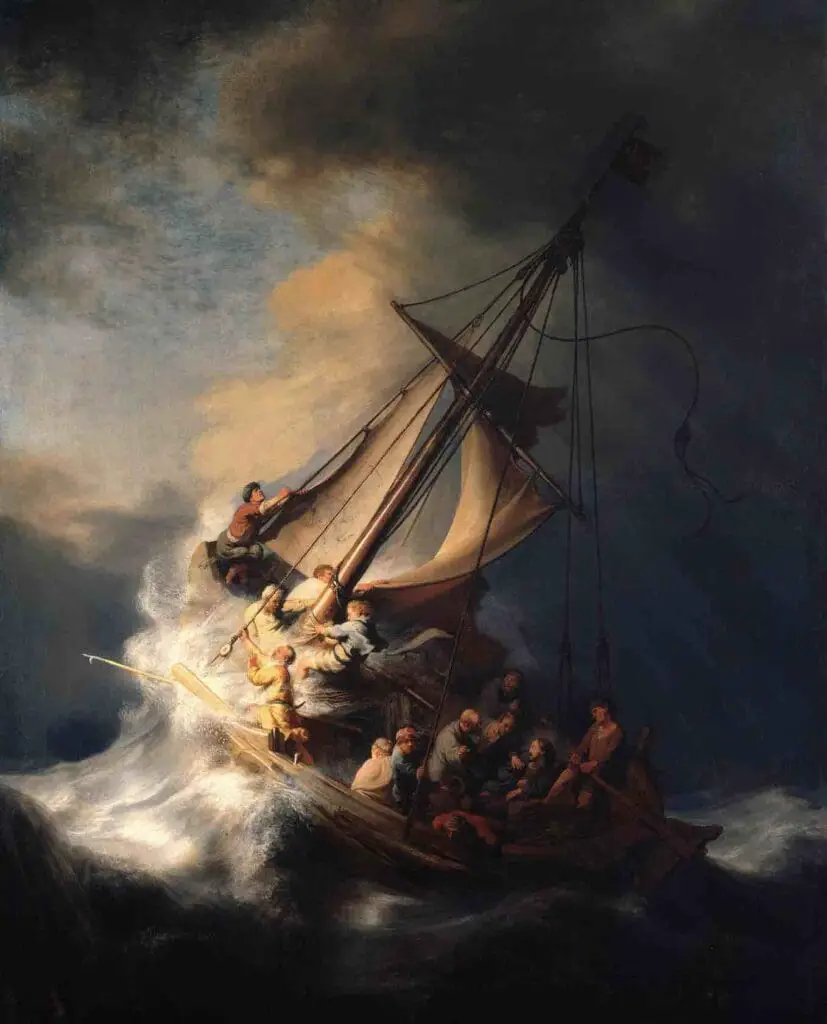
This is Rembrandt’s only seascape, and its dramatic lighting and emotion capture the storm’s chaos, making it unforgettable.
Christina’s World
Artist: Andrew Wyeth
Year: 1948
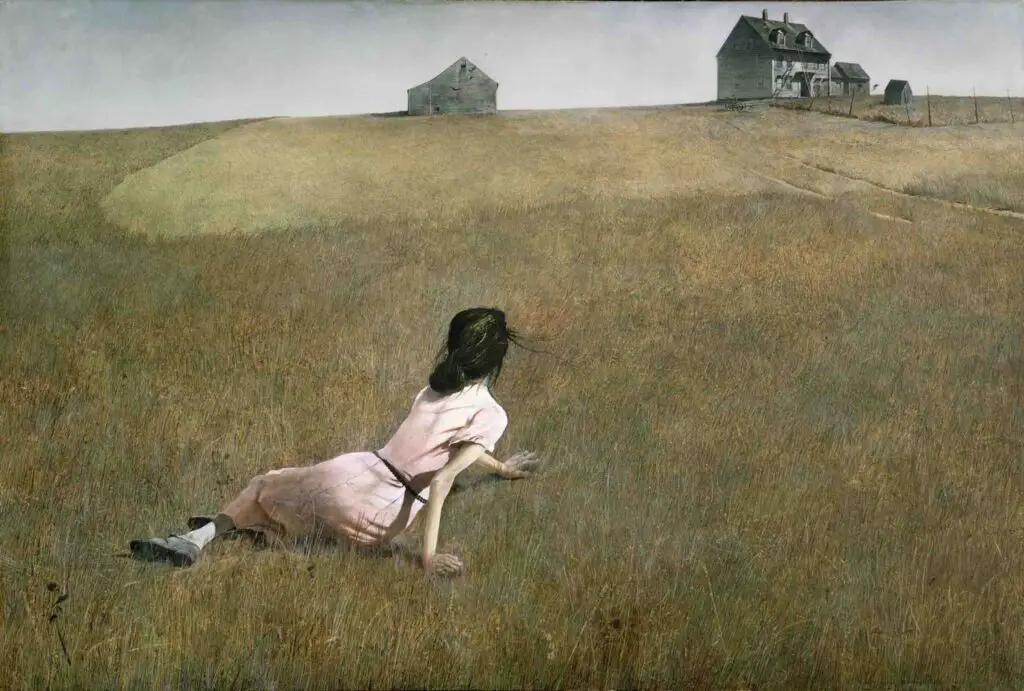
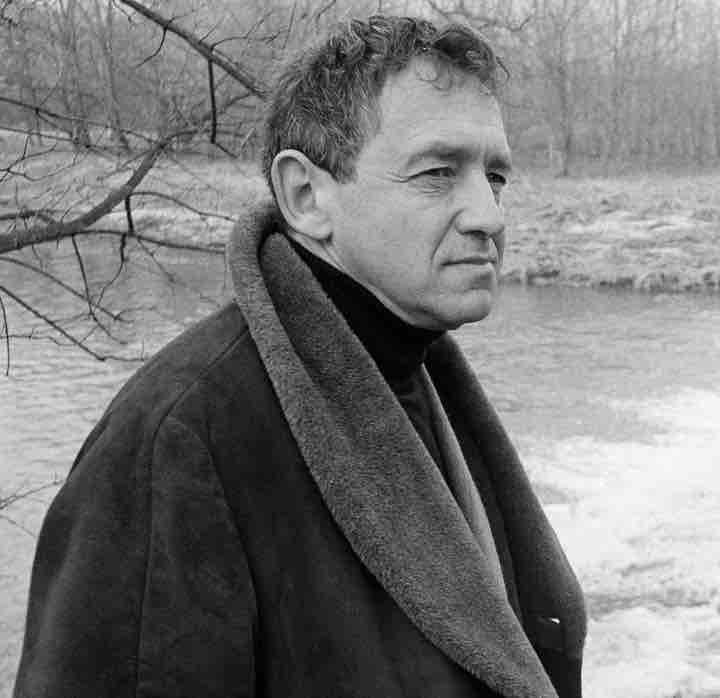
Wyeth captures a hauntingly beautiful landscape that tells a story of yearning and solitude, making it one of the most recognized paintings in American art.
Art has the power to move us, to make us think, and to stand as monuments to a particular
Anita Louise Art is dedicated to art education, great artists, and inspiring others to find and create their art. We love art that uplifts and inspires. #ArtToMakeYouSmile! #ArtToMakeYouHappy!
If you want to see any of my art, you can find out more by clicking here. If you are interested in what inspires me and my paintings, you can discover more by clicking here.
We have a free newsletter and would love you to be part of our community; you can subscribe to the newsletter by clicking here. I would be happy to talk to you if you have any questions. You can reach me, Anita, by clicking here.
Subscribe to our Anita Louise Art YouTube Channel with great videos and information by clicking here.
Join us for our podcast “5 Minutes With Art.” Spend just 5 minutes a week with us to discover and learn about great art and artists. You can find out more about our podcast by clicking here.
Frequently Asked Questions
What makes a painting “world-famous”?
World-famous paintings are often characterized by their profound impact on art history, cultural significance, and the artist’s unique expression, influencing generations of viewers.
Who are some of the renowned artists featured in this list?
The list includes iconic artists such as Leonardo da Vinci, Vincent van Gogh, Pablo Picasso, and others who have left an indelible mark on the art world.
Why are these paintings considered masterpieces?
These paintings are deemed masterpieces due to their exceptional artistic techniques, emotional resonance, and the ability to transcend their respective time periods, captivating audiences across generations.
How did these artists contribute to the evolution of art?
The featured artists often introduced groundbreaking techniques, innovative styles, or novel perspectives, contributing significantly to the evolution of artistic expression and influencing subsequent generations.
What emotions or themes do these paintings often convey?
The paintings cover a wide spectrum of emotions and themes, ranging from love and joy to sorrow and introspection. Each artwork serves as a unique window into the human experience.
Are there any common threads or motifs connecting these masterpieces?
While diverse in style and content, common threads may include a pursuit of beauty, exploration of the human condition, or a reflection of societal and cultural contexts.
How have these paintings impacted popular culture and everyday life?
Many of these masterpieces have become cultural touchstones, influencing literature, music, fashion, and even popular culture. Their images are often reproduced and referenced in various forms.
Can you explain the historical significance behind some of these artworks?
Several paintings are embedded with historical context, depicting pivotal moments, societal changes, or the artist’s response to the political and cultural milieu of their time.
Which painting on the list is considered the most valuable?
The value of a painting can be subjective and dependent on various factors, including rarity, provenance, and market demand. Paintings like da Vinci’s “Mona Lisa” or Van Gogh’s “Starry Night” are often considered immensely valuable.
How can one appreciate and understand these masterpieces on a deeper level?
To appreciate these artworks more deeply, consider exploring the historical context, the artist’s biography, and the techniques employed. Visiting museums, reading art critiques, and engaging in discussions can enhance your understanding and connection to these masterpieces.
Related Questions
What Was The Focus Of Renaissance Art?
The focus of Renaissance art was on the classics of Greek and Rome, humanist philosophy, and the study of the human figure. Realism was also an essential part of renaissance art. The great artists of the Renaissance also became great anatomists and studied human beings.
By clicking here, you can learn more by reading What Was The Focus Of Renaissance Art?.
What Is The Importance Of Art From The Renaissance Period?
Renaissance art is essential as it was a time of rebirth and discovery. Artists like Leonardo da Vinci, Michelangelo, and Raphael were at the forefront of that change, creation, and discovery. Renaissance art has influenced art and artists for many centuries and continues to influence artists today.
By clicking here, you can learn more by reading What Is The Importance Of Art From The Renaissance Period?.
Early Renaissance Vs. High Renaissance Art Explained
Early Renaissance and High Renaissance are both periods of the art of the Renaissance era. The entire Renaissance era shared a lot of the same characteristics. The High Renaissance was dominated by three major artists: Leonardo da Vinci, Michelangelo, and Raphael.
By clicking here, you can learn more by reading Early Renaissance Vs. High Renaissance Art Explained.

